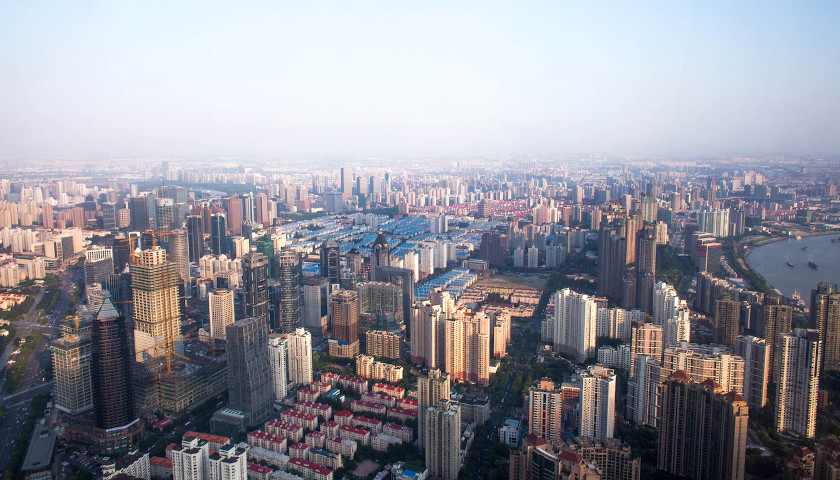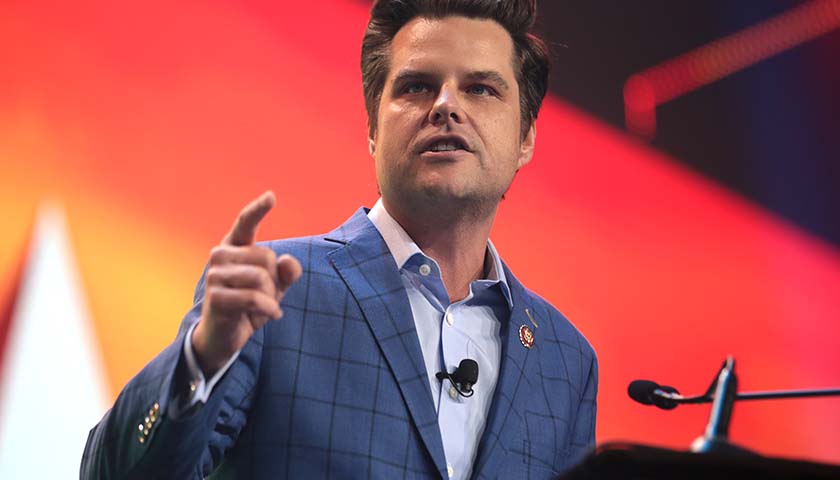by John Eidson
A friend of mine who traveled China from the 1970s until recently described what the country was like 30 years ago:
Its cities were sprawling, impoverished places with dirt roads and low-rise structures. With few automobiles in the country back then, the Chinese people got around mostly by rickshaws and bicycles. The country had only a few tall buildings and just two sizable airports, in Beijing, its capital, and Shanghai, its financial center. China had no modern highways, bridges or high-speed rails, and the only trains that traversed the country were pulled by antiquated steam engines.
To get an idea of how much things have changed, please watch this 40-second clip of the Chinese city where COVID-19 originated. As the video shows, Wuhan bears no resemblance to the backward, desperately poor place it was just three decades ago. The same is true of cities throughout China.
Over the past 30 years, China has undergone a stupendous, caterpillar-to-butterfly transformation that has created some of the world’s most eye-popping roadways, bridges and architecture. Now within sight of overtaking the United States as the world’s dominant economy, China has also built a massively lethal military that poses a serious threat to America’s long-standing combat superiority—as reported by the Washington Times, China’s military is forcing the Pentagon to confront the end of U.S. battlefield dominance.
How Did This Happen?
From where did the money come that funded China’s dramatic makeover from a Third World backwater to an economic and military superpower? Trillions of dollars used to finance its spectacular ascendancy was handed willingly over by its greatest patron: the United States of America.
Since the late 1980s, China has been allowed—allowed—to extract trillions of dollars from the U.S. economy in the form of massive trade surpluses. As a result, the communist nation now has glistening cities like Beijing, Shanghai, and Wuhan, while America is saddled with fading cities like Baltimore, Detroit, and Atlanta, once-thriving metropolises now marred by urban blight, rampant crime, sorry schools, generational poverty and other canaries in the coal mine of a nation in decline.
And to rub salt in America’s self-inflicted wounds, Chinese nationals who were allowed—allowed—to attend our top research universities and work at our most sensitive high-tech companies robbed America blind, surreptitiously sending many of our nation’s most vital technological and national defense secrets to our communist adversary hell-bent on chopping America off at the knees.
During the presidencies of George H. W. Bush, Bill Clinton, George W. Bush and Barack Obama, China was allowed—allowed—to rip America a new one in what will go down as the most lopsided trade and stolen technology bludgeoning in history.
But don’t blame China for the trade imbalances. Its leaders were just doing what a nation’s leaders are expected to do: negotiate the best deal they could get. If the country on the other side of the table is willing to absorb an epic thrashing in the process, so much the better. And the voluntary thrashing America took lasted 28 consecutive years, from 1989 to 2017, a period when much of America’s manufacturing base was allowed—allowed—to sell-out its workers by offshoring production to China.
With America’s worn-out infrastructure badly in need of replacement, our political class instead ran up crushing debt and deficits, squandering trillions of dollars stolen from future generations on endless foreign wars and failed social programs. Meanwhile, China was using its trade-surplus windfall and stolen technology to build some of the world’s most impressive cities and a fearsome military.
In 2017, the United States began a strategic shift in its approach to China. Unless its relationship with the communist superpower is redefined, America’s days in the sun will be over, and the 21st century will be known as the “Chinese Century.”
Videos You Do Not Want to Miss
Below are nine related videos, each a visual reminder that China’s stunning rise at America’s expense could never have occurred without assistance from the four U.S. presidents who stood by and clapped as the Communist nation ate America’s lunch.
Viewing the videos will take a while, but doing so will help you see with your own eyes that while America was inching along on its hands and knees, a house of cards propped up by ruinous debt, China was making a great leap forward for the ages.
- Click here to see China’s stunning road network. In 1988, China had zero modern highways; today, its world-class road network extends an astounding 84,000 miles, the longest road system in the world.
- Click here to see China’s magnificent Beipanjiang Bridge, the highest bridge in the world. Of the world’s ten tallest bridges, eight are in China, zero in America.
- Click here to see China’s incomparable Hong Kong-Zhuhai-Macao Bridge, the longest ocean crossing in the world. Designed to last 120 years, the $15 billion bridge-tunnel structure is a testament to China’s engineering might.
- Click here to see China’s jaw-dropping 9-tower “horizontal skyscraper” in Chongqing. Known as “The Crystal,” the complex’s horizontal sky bridge straddles four 60-story skyscrapers, 820 feet in the air. Built at a cost of $3.6 billion, the mixed-use megastructure has a shopping mall with 450 stores. Is there anything like this in America? Of the world’s 25 tallest skyscrapers, 14 are in China, only two in the United States.
- Click here to see a dynamic chart of China’s meteoric ascendancy to the world’s No. 2 economy.
- Click here to see China’s stupendous Beijing Daxing International Airport. The world’s largest airport, Daxing can handle up to 250 takeoffs and landings per hour. By comparison, America’s busiest airport, Atlanta’s Hartsfield-Jackson, accommodates just 100 total movements per hour. Business Insider’s 2018 list of the 14 most beautiful airports in the world includes three in China, zero in the United States.
- Click here to see how the U.S. auto industry was allowed—allowed—to sell-out its workers by offshoring jobs to China and other countries with dirt-cheap labor, a betrayal that determined the 2016 presidential election.
- Click here to see China’s most powerful weapons, including nuclear-armed ICBMs that could reach the United States in 30 minutes. Three decades ago, China’s military was primarily land-based; today, it boasts a 2-million-man army, a blue-water navy, the world’s third-largest air force, and advanced cyber and anti-satellite weaponry that could be the deciding factor in a war against America.
- Click here to see Chinese female soldiers on dress parade, as impressive a display of military precision you’ll likely ever see.
Finally, my friend believes America’s best days are behind it. Having done business throughout China, he observed that Chinese workers are intensely proud of their country, eagerly working as tirelessly as a colony of ants toward a common goal of national ascendancy.
America once was blessed with widespread patriotism, but over the last half-century, it has been polarized into two camps with diametrically opposite objectives. One side believes America should continue as a two-party constitutional democracy, the other wants that system scrapped in favor of single-party socialist rule.
No matter which of those hardened positions gains ground in November, half of America will continue working at cross purposes with the other half. A country at irreconcilable odds with itself is not a recipe for national ascendancy; it’s a recipe for national decline. The winner? China.
– – –
A 1968 electrical engineering graduate of Georgia Tech and now retired, John Eidson is a freelance writer in Atlanta.




